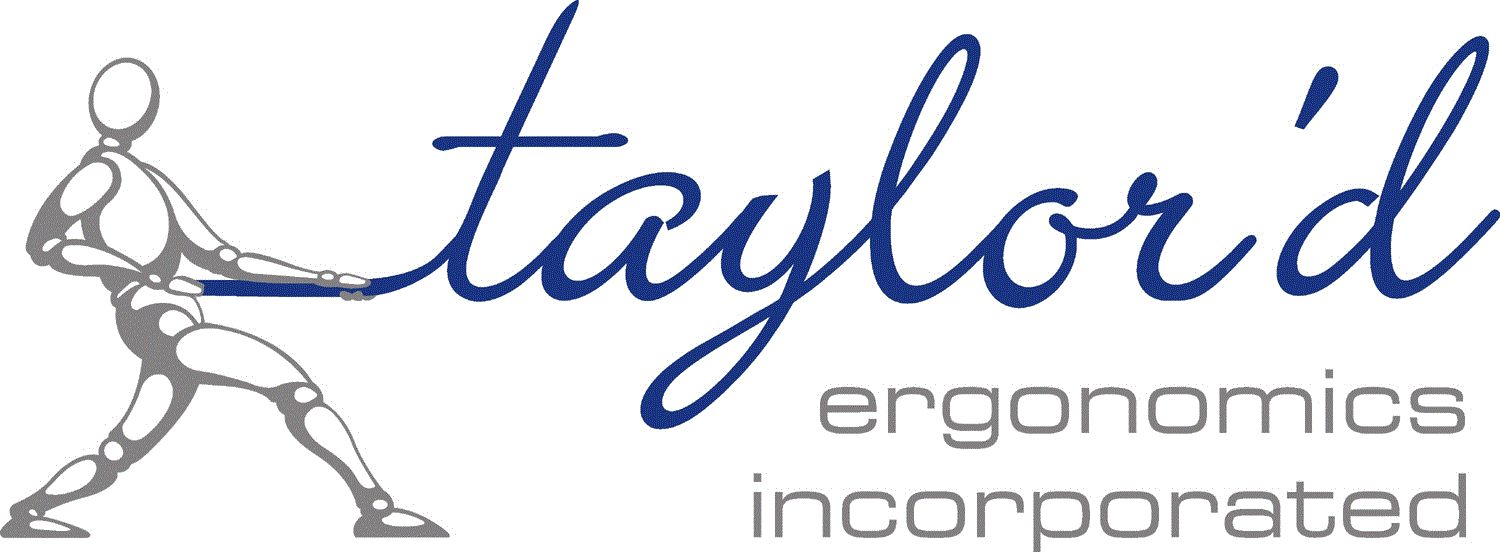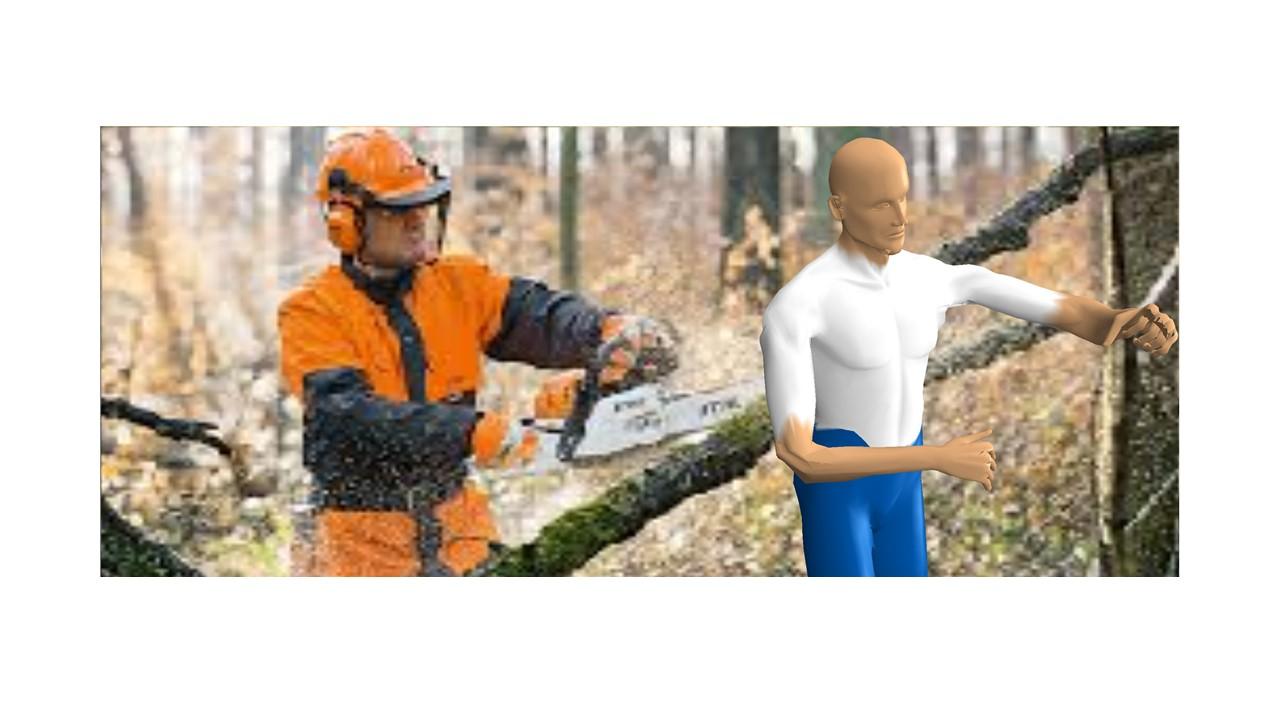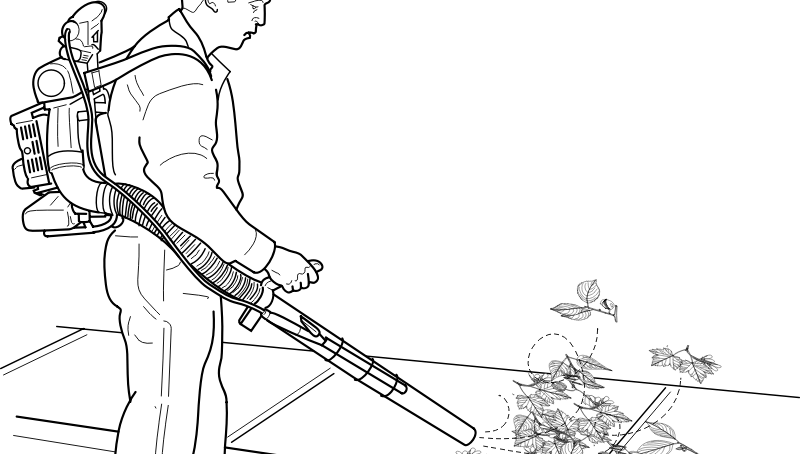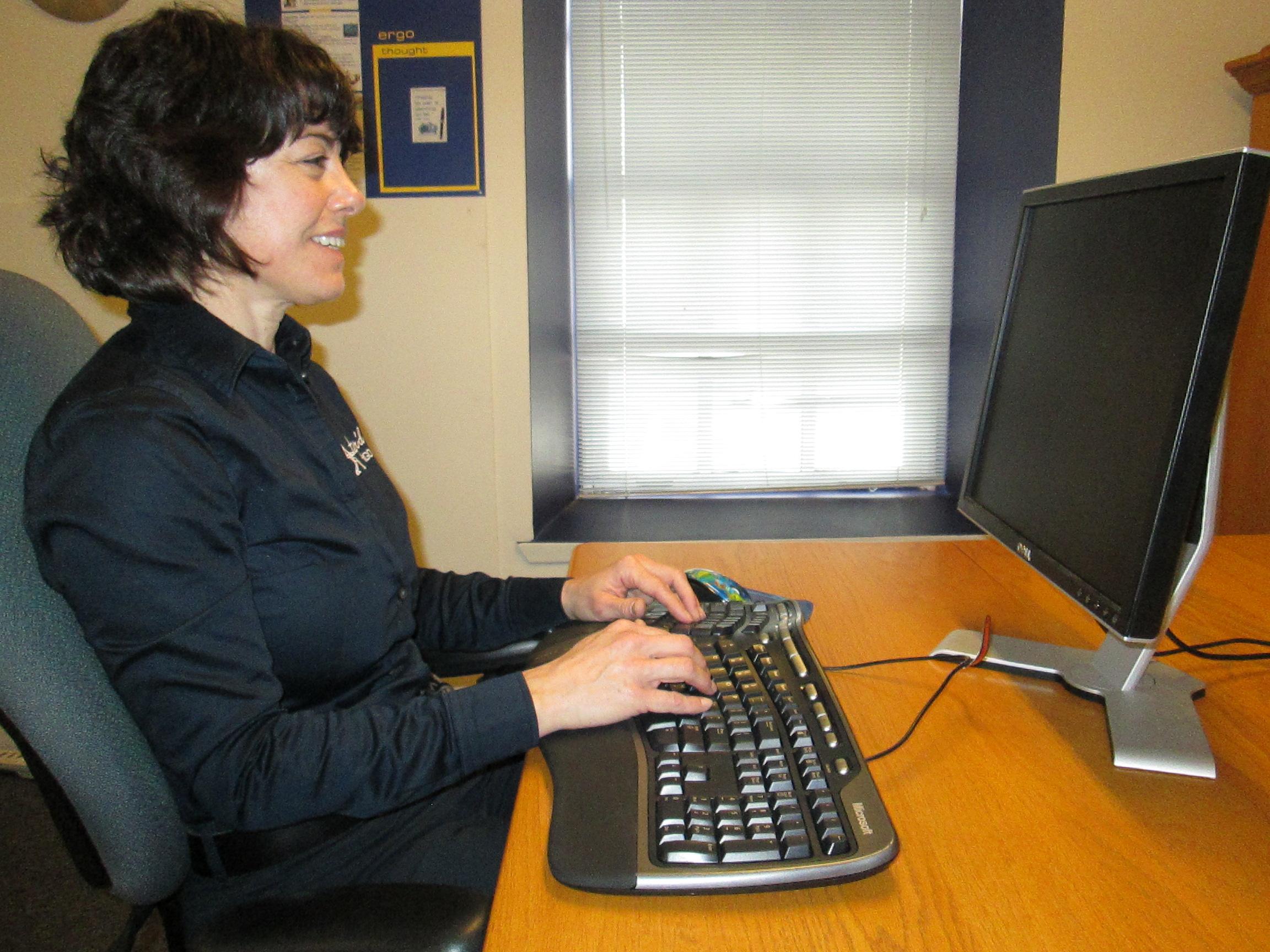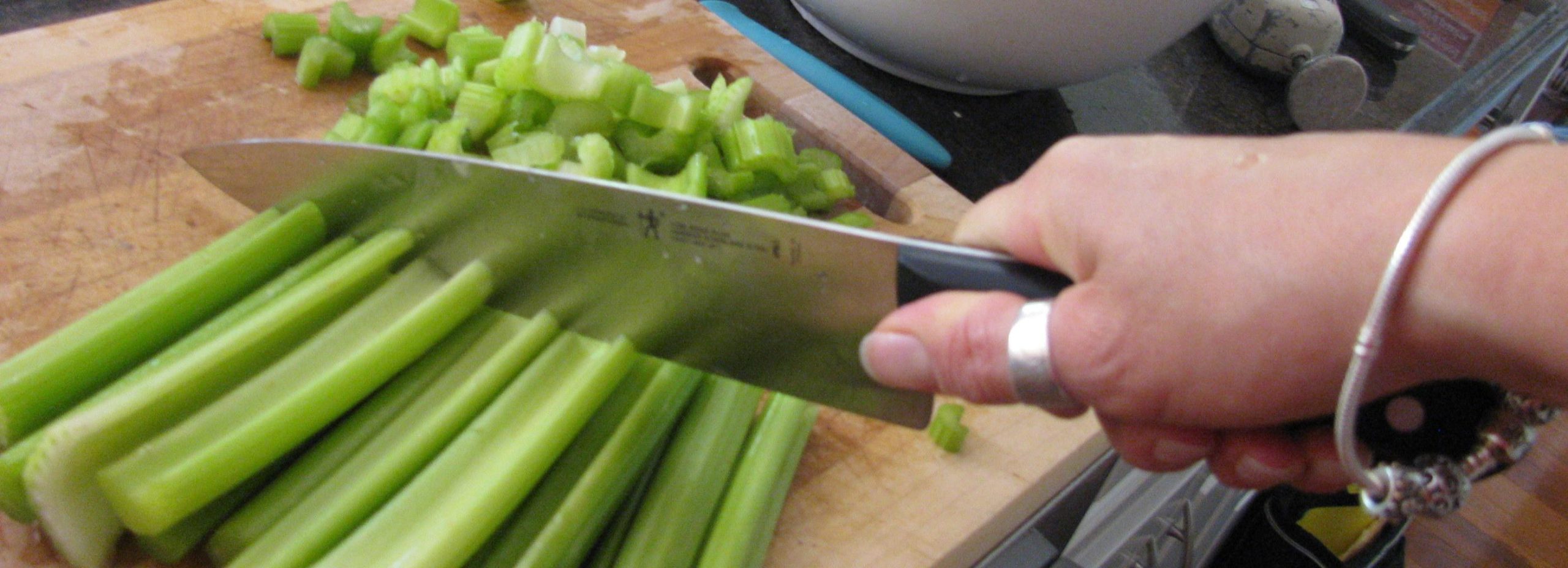Advice to my younger self – Three questions to ask retirees before they leave your organization, to prevent musculoskeletal disorders
Did you know that musculoskeletal disorders account for 36% of all work-related injuries? It’s the leading “nature” of injury, in nearly every occupation, according to Ontario statistics. As experienced workers retire, invaluable ergonomic strategies are being lost. Here’s how to capture that wisdom before it’s too late. The Importance of Learning from Retirees What could […]
